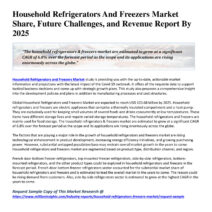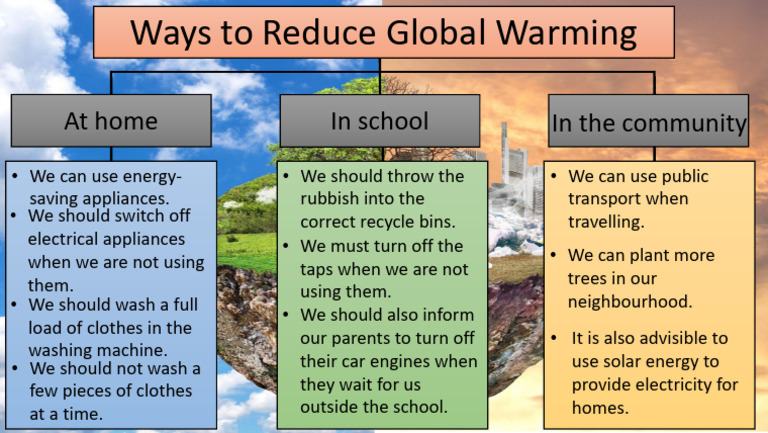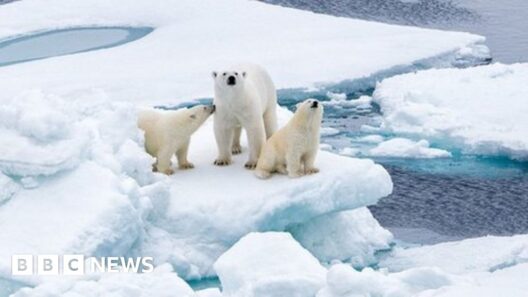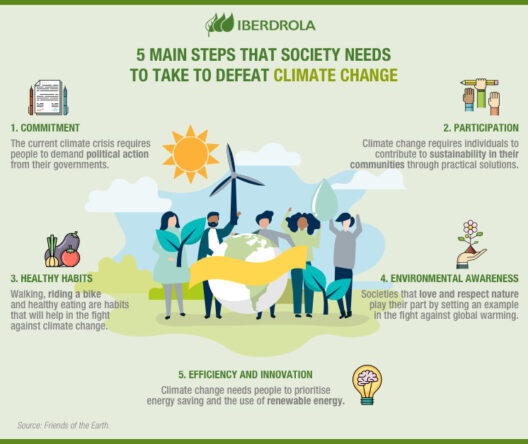Global warming, a pressing issue wrought by anthropogenic activity, poses severe threats to biodiversity, human health, and overall ecological equilibrium. The overwhelming evidence indicates that greenhouse gas (GHG) emissions—primarily carbon dioxide (CO2), methane (CH4), and nitrous oxide (N2O)—are the culprits driving this phenomenon. It is imperative for individuals and communities to understand actionable steps that can mitigate these emissions. This guide aims to illuminate various approaches to reducing greenhouse gases and fostering a more sustainable future.
1. Understanding Greenhouse Gases
Before delving into practical measures, it is crucial to understand the types of greenhouse gases emitted by various human activities. Carbon dioxide, the most prominent GHG, is primarily produced through the combustion of fossil fuels for electricity, heat, and transportation. Methane, a far more potent greenhouse gas on a per-unit basis, arises from agriculture, landfills, and natural gas production. Finally, nitrous oxide, commonly emitted from agricultural practices and industrial activities, significantly contributes to global warming as well.
2. Energy Efficiency at Home
The residential sector offers numerous opportunities for reducing greenhouse gas emissions. Improving energy efficiency through simple yet effective measures can make a substantial difference:
- Energy-Efficient Appliances: Opting for Energy Star-certified appliances can lead to significant reductions in energy consumption. Refrigerators, washing machines, and heating units designed for efficiency minimize electricity usage and, consequently, GHG emissions.
- Insulation and Sealing: Enhancing home insulation and sealing leaks around doors and windows can reduce the need for heating and cooling. This not only conserves energy but curtails the emissions produced by power plants.
- Smart Thermostats: Utilizing programmable thermostats allows homeowners to regulate energy use by adjusting temperatures when the household is unoccupied.
3. Sustainable Transportation
Transportation represents a significant sector contributing to greenhouse gas emissions. Reducing reliance on fossil-fuel-powered vehicles is essential:
- Public Transport: Utilizing public transportation systems reduces the number of individual automobiles on the road, thus decreasing overall emissions.
- Bicycling and Walking: For shorter distances, consider non-motorized transport. Bicycles and walking not only eliminate emissions but also bolster personal health.
- Electric Vehicles (EVs): Transitioning to electric or hybrid vehicles, which emit little to no tailpipe emissions, can substantially lower GHG emissions associated with personal transportation.
4. Renewable Energy Sources
A robust shift towards renewable energy is vital for combating global warming. The following sources of renewable energy can drastically reduce greenhouse gas emissions:
- Solar Energy: Residential solar panels harness sunlight, converting it into electricity that can power homes without emitting GHGs.
- Wind Energy: Wind turbines can generate substantial amounts of electricity, contributing to lower fossil fuel reliance. Many regions are now investing in wind farms.
- Hydropower: Utilizing water flow for electricity generation is another effective alternative, although it must be balanced with ecological impacts.
5. Dietary Changes
Food production, especially livestock farming, contributes significantly to greenhouse gas emissions. Thus, adopting sustainable dietary choices can make a difference:
- Plant-Based Diet: Reducing meat consumption or transitioning to a plant-based diet can drastically lower methane and CO2 emissions associated with livestock farming.
- Locally Sourced Foods: Purchasing locally grown produce reduces emissions from transportation and supports regional economies.
- Food Waste Reduction: Practicing responsible consumption and storage of food minimizes waste, which decomposes in landfills, releasing methane.
6. Waste Management and Recycling
Play an active role in effective waste management practices to mitigate emissions from landfills:
- Recycling: Engage in recycling programs that reduce the need for raw materials and emissions resulting from production processes.
- Composting: Composting organic waste not only diverts materials from landfills but also decreases methane emissions from decomposing food waste.
- Reduction of Single-Use Plastics: Minimizing the usage of disposable plastics reduces waste and the energy required for production and disposal.
7. Advocacy and Community Engagement
Individual efforts are amplified when partaken collectively. Engaging with community initiatives can create a larger impact:
- Policy Advocacy: Support legislation aimed at reducing emissions at local, national, and global levels. Joining or forming advocacy groups can leverage collective power for change.
- Educating Others: Spread awareness of the importance of reducing greenhouse gases. Education can empower individuals and communities to take action.
- Community Projects: Engage in or start community projects such as tree planting, clean-up drives, or community gardens that promote environmental sustainability.
Conclusion
Reducing greenhouse gas emissions is paramount for combating global warming. By implementing practices in various aspects of life, from energy consumption and transportation to food choices and waste management, individuals can significantly contribute to a sustainable future. Collective efforts within communities further drive substantial change, promoting a cleaner, healthier planet for future generations. Embrace these strategies with diligence and commitment, as every action counts in the fight against climate change.








